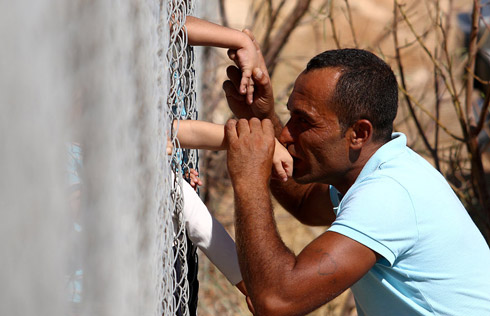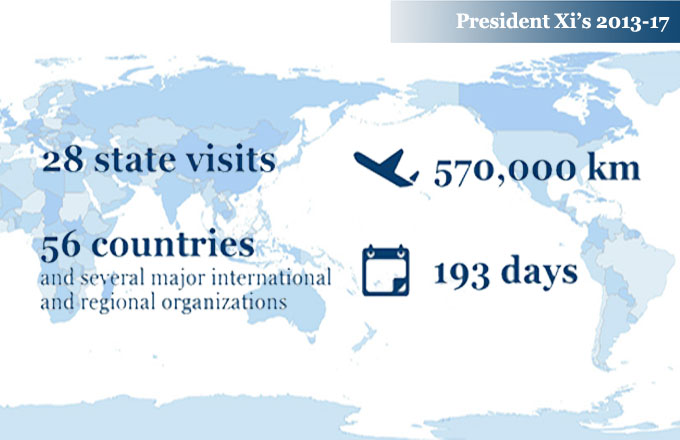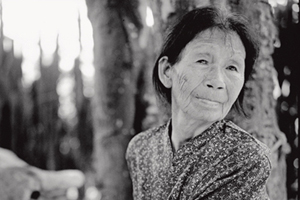WHO mulls earlier therapy offering for HIV
GENEVA - New HIV treatment guidelines, released by the World Health Organization (WHO) Sunday, recommended offering antiretroviral therapy (ART) earlier.
The move could avert an additional 3 million deaths and prevent 3.5 million more new HIV infections between now and 2025, according to the WHO.
The 2013 guidelines, named as Consolidated Guidelines on the Use of Antiretroviral Drugs for Treating and Preventing HIV Infection, aimed to combine and harmonize new and existing recommendations, including updated recommendations from the previous 2010 guidelines.
Based on recent evidences indicating that earlier ART would help people with HIV to live longer, healthier lives, and substantially reduce the risk of transmission, the clinical recommendations of the new guidelines included treating adults living with HIV when their CD4 cell count falls to 500 cells/mm3 or less, compared to recommendation of 350 CD4 cells/mm3or less set in the 2010 guidelines.
The new clinical recommendations also highlighted to provide ART - irrespective of their CD4 count - to all children with HIV under five years old, all pregnant and breastfeeding women with HIV, and to all HIV-positive partners where one partner in the relationship was uninfected in addition to all people with HIV with active tuberculosis, etc.
As for the operational recommendations, focuses of the new guidelines included decentralizing delivery of ART to primary health care and integrating ART services within maternal and child health clinics, tuberculosis clinics and drug dependence treatment services.
"These guidelines represent another leap ahead in a trend of ever-higher goals and ever-greater achievements. With nearly 10 million people now on antiretroviral therapy, we see that such prospects - unthinkable just a few years ago - can now fuel the momentum needed to push the HIV epidemic into irreversible decline, " said Margaret Chan, WHO Director-General in a written statement.
In a treatment progress report on HIV treatment launched alongside the above new guidelines, encouraging data showed that an extra 1.6 million people were receiving ART in low- and middle-income countries at the end of 2012, the largest annual increase ever to date, which has brought the total number to 9.7 million in low- and middle-income countries in 2012.
Moreover, the report concluded that given the changes on the CD4 threshold made in the new WHO 2013 guidelines, the total number of people eligible for ART in low- and middle-income countries globally would be increased to 25.8 million people.






















